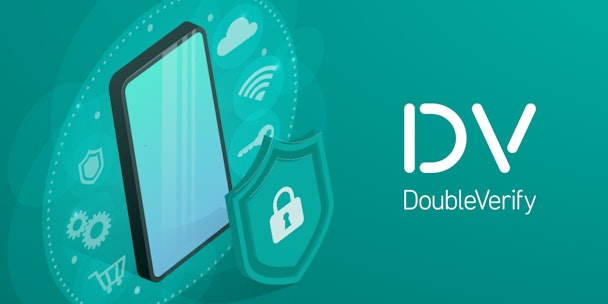Brand safety best practices during an evolving news cycle: experts share insights on brand safety measures amid Covid-19 crisis
Misconceptions about content blocking are making it difficult for brands to engage audiences during this pandemic, according to Tanzil Bukhari, managing director EMEA at DoubleVerify.

brands can become complacent about brand safety, and this is where problems can creep in
He was speaking at a panel session on brand safety best practices during an evolving news cycle for The Drum’s Digital Transformation Festival. Watch the session above. The session looked at how brands should scrutinise and own their brand safety controls. Given an increase in the volume of news and positive/negative sentiment, Bukhari added, “The impact on publishers has been well-documented, and a lot of news publishers are struggling because there is a challenge around monetizing this type of content;.”
Brands and agencies are listening very carefully to understand when it is appropriate to speak and what to say, says Stacy Gratz, global media director at Bacardi. She adds: “We have our insights team set up to listen and identify the signals of when is the right time for us to enter into the market in a meaningful way.”
What does a measured approach to brand safety look like?
According to James Buckle, head of digital services, global business, PHD, uncertainty remains a key theme, but, as the crisis progresses, everyone is learning more. He added: “As we collect more data and analyse that, we improve our understanding and can feed that into our strategies. We are getting more confident about what we can and cannot do.”
This learning is driving closer collaboration between brands and their agency partners, says Gratz, who says it is leaning on its partners more than ever. She adds: “They have helped us understand that we don’t need to block all Covid-19 or coronavirus content.
“We would have taken a really strong approach of just blocking everything, but our partners have come to us and helped us to understand that that isn’t always the right thing to do. It has helped us gain a better perspective of what’s going on.”
Bukhari says this measured and realistic approach helps brands to avoid becoming too overprotective, which is a normal reaction. “The challenge with being overprotective is it minimises scale and minimises a brand’s opportunity to engage consumers.”
He adds that brands can become complacent about brand safety, and this is where problems can creep in. According to Bukhari, there has been a lot of innovation in the tools available to execute strategies. Still, many brands have been slow to adopt these. Prior to the crisis, brands may have been complacent about considering these more precise controls, which may seem like additional work, but the Coronavirus crisis has made brands more sensitive and therefore open to more sophisticated controls as they better enable them to balance protection and reach.
“Over the years, the type of technology and the precision with which you can protect your brand has increased. It’s no longer just about having some very high-level categories that you seek to avoid,” says Bukhari.
What are you willing to risk?
For Buckle, the next challenge lies in helping advertisers to understand that these tools can be used for individual campaigns, rather than taking a blanket approach. “It is moving to understand that there are varying degrees of safety you can apply,” he said.
“You can’t reduce risk overall,” he added. “There will always be issues, as new platforms and new ways of interacting emerge, that we will have to solve in the future.”
Buckle believes a more collaborative approach between brands, agencies and partners will be vital for dealing with new developments and future crises. Media owners can play their part by, for example, putting controls on their websites, particularly around user-generated content.
From a brand perspective, Gatz said working with partners and agencies has helped to elevate the issue of brand safety to become a conversation for all parts of marketing, legal and compliance. “It has forced some conversations that we had not been having as a brand and took for granted.”
The key to getting brand safety right? Build strong consumer engagement
The next stage in the development of brand safety is to challenge the status quo, said Bukhari. “People get used to doing the same thing over and over and think it’s good enough. At DV, our time is spent engaging with brands and crafting the right strategy that is relevant to their brand, and what this crisis has taught us is we should always review what we are doing and understand if that is the right way to do it.”
Brand safety can be so much more than a question of protection and brand hygiene as it can also offer insight into consumer engagement, according to Bukhari.
“There is a lot of data that agencies and brands can use to optimise ahead of the curve. It is about shifting that dynamic and that understanding from protection to how this data can optimise performance.”
Content created with:

DoubleVerify
DoubleVerify authenticates the quality of digital media for the world's largest brands ensuring viewable, fraud-free, brand-safe ads.
Find out more